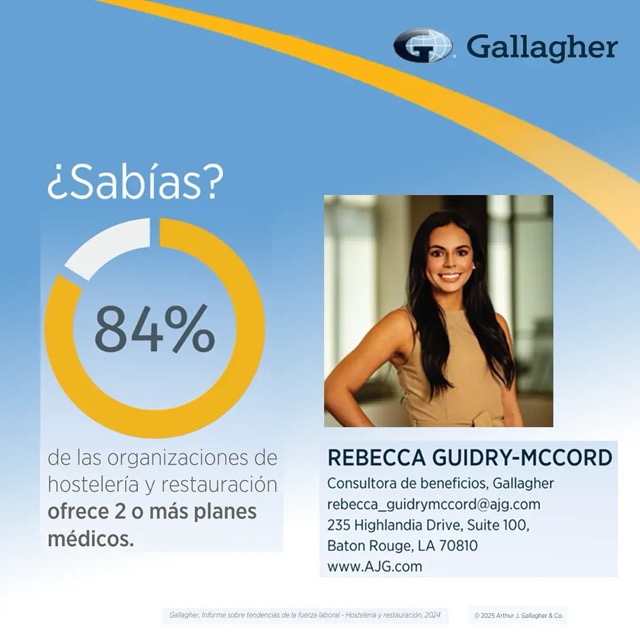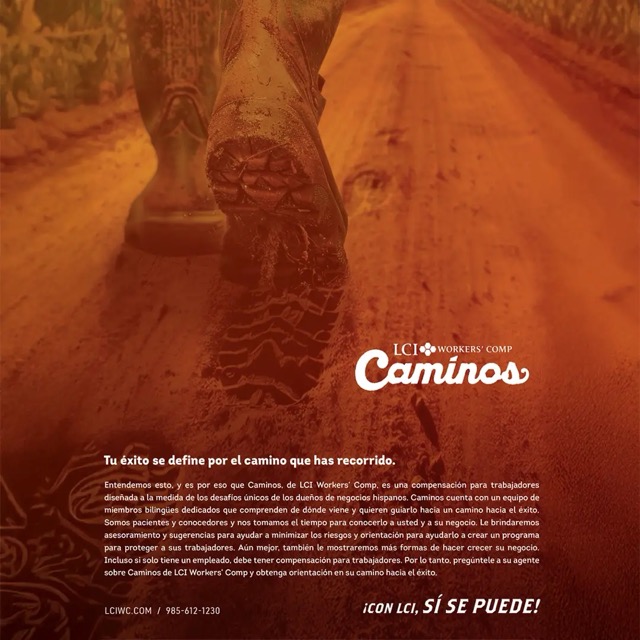Food-Friendly Wines
By Rebeca Pinhas
Click aqui para español- >Vinos de fácil maridaje
Very rarely is wine enjoyed alone: a bottle is usually shared with others, and a glass accompanied by something to nibble on. While the relationship between food and wine is millenary, it is certainly true that some wines are more food-friendly than others. Given that New Orleans is a city where people talk about what’s for dinner when they are having lunch, it is always fitting to talk about some wines that, in the utmost general sense, go well with everyday foods.
{module ad}
It is important to understand what “food-friendly” wines mean. Sometimes, said term is used to indicate a wine that lacks complexity and sophistication –just as a similar “easy-drinking” denomination– but that is certainly not always the case and not a negative thing either. Who said a wine needs to be complex and sophisticated to be enjoyable? Choosing wine is like choosing a movie: sometimes I’m in the mood for a rom-com that will demand none-to-little attention, sometimes I crave a psychological thriller that will keep one guessing until the end. While the latter has the potential to be life-changing, they both provided the entertainment you sought. Similarly, some wines will remain in your mind and palate forever, while others will be drunk and gone.
Food-friendly wines are those that will go well with different types of food due to some of their consistent characteristics regardless of the production method: low to moderate alcohol, low tannins (for red wines) and low to medium acidity (for white wines), they are people pleasers (you could serve it at a party and most people will like it), and they are meant to be drunk young rather than after years of cellaring (which would add complexity). Also, they are readily available at most stores, which facilitates its everyday consumption along with everyday meals.
These are some types of wine that are usually food-friendly.

Food-friendly Reds
Zinfandel: Zin is great to be enjoyed on its own or paired with uncomplicated meals, such as beef stew or roasted chicken. This variety has somewhat of a negative light around it because people often associate it with White Zinfandel –a sweet concoction that gained popularity some decades ago. Red Zinfandel, on the other hand, is available in several price ranges, which presents the chance to taste and try without investing too much. California -more specifically Sonoma and Napa counties– produces amazing Zinfandels that are much more accessible than those regions’ Cabernets and Chardonnays.
Cabernet Franc: Noticeable body but not as heavy and tannic as Cabernet Sauvignon, who in fact is Cab Franc and Sauvignon Blanc’s offspring. This variety is great for those who don’t usually drink red wine and is grown in several regions around the world.

Food-friendly Whites
Riesling: When the general consumer thinks Riesling, they can’t help but to imagine sweet wine, which could be the case, but dry* Riesling’s availability, production, and popularity are increasing. And I will not deny that my tiny cellar never lacks a few bottles of this. Riesling comes in all levels of dryness, yet it always provides great texture and flavor which is great to accompany food that may be light in body but rich in flavor. Off-dry Riesling (some perceivable sugar left) is great for spicy foods such as Indian and Asian, and of course, hot Louisiana dishes.
Pinot Blanc and Pinot Gris: These two white varieties –both mutations of Pinot Noir– are often overlooked by most consumers as they are not as recognized or widely planted as other grapes such as Chardonnay or Sauvignon Blanc. Their mostly neutral profile, however, along with moderate ABV (alcohol by volume), makes them suitable for a wide variety of meals, from vegetarian dishes without a lot of spices, to chicken in different few ingredient preparations.
For questions or suggestions on upcoming topics, please email VinoMomNola@gmail.com
Salud!
*When discussing wine, the term “dry” refers to the amount of sugar left in a wine after fermentation rather than how you would use it to describe food (ie: dry vs. moist chicken)




















